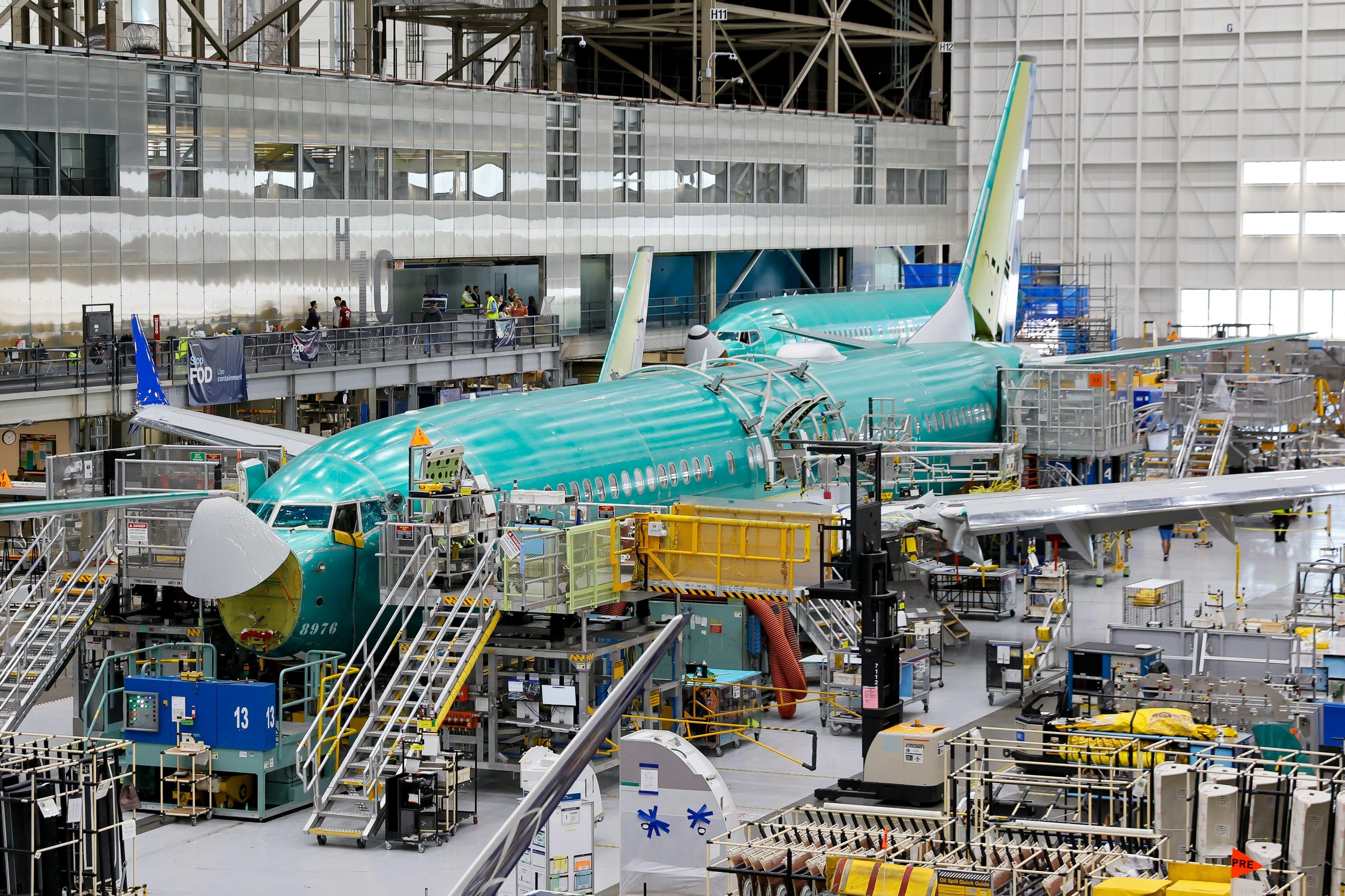
AeroGenie — Seu copiloto inteligente.
Tendências
Categories
MAM Starts Construction of Maintenance Hangar for F-16 and C-130
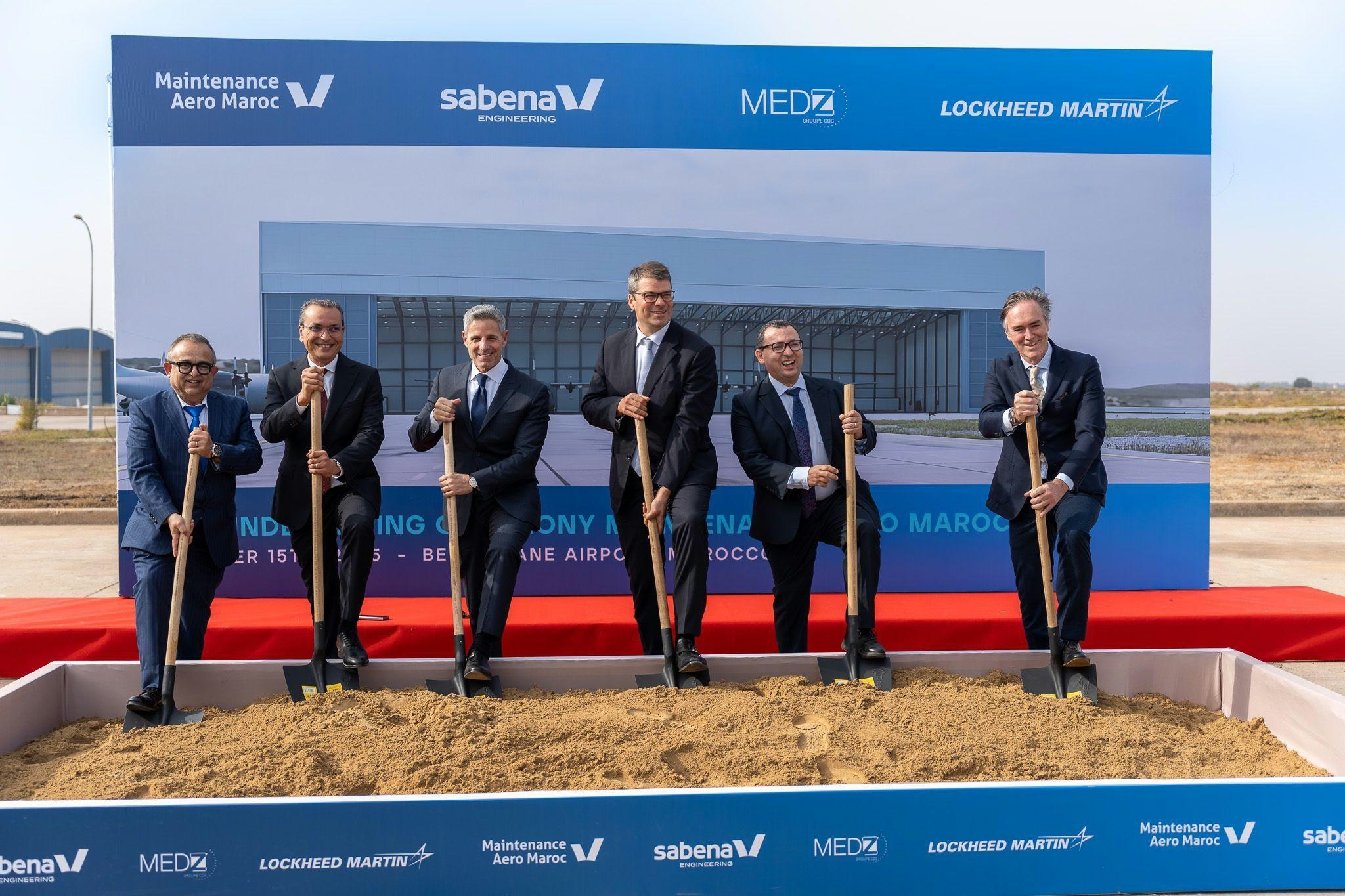
MAM Initiates Construction of Advanced Maintenance Hangar for F-16 and C-130 Aircraft
Maintenance Aero Maroc (MAM) has commenced construction of a state-of-the-art maintenance hangar at Benslimane Airport, marking a pivotal development in Morocco’s aerospace industry. The facility, spanning 8,000 square meters, is designed to support heavy maintenance and technological upgrades for the Royal Air Forces’ fleet of C-130 Hercules and F-16 aircraft. The groundbreaking ceremony, held on Wednesday, underscores Morocco’s commitment to enhancing its aeronautical capabilities and infrastructure.
Strategic Partnership and Project Development
This ambitious project is the result of a strategic partnership between MAM—a subsidiary of Sabena Engineering—Lockheed Martin, and MEDZ, itself a subsidiary of the Caisse de Dépôt et de Gestion. The collaboration integrates Moroccan, Belgian, and American expertise, aiming to foster sustainable industrial cooperation, generate skilled employment opportunities, and bolster Morocco’s position in the global aerospace sector. Constructed to meet international standards, the hangar is anticipated to become operational by the latter half of 2026.
Industry leaders have emphasized the significance of this initiative. Stéphane Burton, CEO of Sabena Engineering, described the project as a manifestation of collective ambition and mutual trust among partners dedicated to advancing aircraft maintenance capabilities. Ray Piselli, Vice President of International Affairs at Lockheed Martin, highlighted the creation of highly qualified jobs and the stimulation of industrial growth in Morocco, while also reinforcing bilateral ties between the involved nations.
The origins of the MAM project trace back to April 2022, when a joint venture was signed in Rabat involving Sabca, Sabena Aerospace (formerly under Blueberry Group, now Orizio Group), Lockheed Martin, and Morocco’s Ministry Delegate in charge of National Defense Administration. Initially, the plan envisioned a 15,000-square-meter Maintenance, Repair, and Overhaul (MRO) and modernization center for military aircraft and helicopters, with a target of creating 300 skilled jobs. Although the project faced funding delays—initial capital of MAD 1 million (approximately $100 million) was rapidly expended—it persisted with renewed momentum following the establishment of Maintenance Aeronautic Assets (MAA) in September 2022. MAA, with a capital of MAD 19.3 million ($1.93 million), is 90% owned by MEDZ and 10% by Sabena Aerospace Engineering Blueberry, and acquired an 80,000-square-meter site to serve as the maintenance platform.
Expanding Morocco’s Aerospace Footprint
The launch of MAM builds upon the Blueberry Group’s sustained investments in Morocco, which began in 2012 with the creation of Sabca Maroc. This subsidiary has invested over MAD 180 million (approximately $18 million) in a 16,000-square-meter aerostructure assembly plant that supports major aerospace clients such as Pilatus, Airbus, and Dassault. Additionally, Sabca Maroc has played a key role in the modernization of Mirage F1 and Alphajet aircraft in collaboration with the Royal Air Forces.
As Morocco undertakes the modernization of its air fleet, the new maintenance hangar positions the country as an emerging regional hub for military aircraft servicing. This development occurs amid increasing global demand for hangar space, with facilities in regions like North Carolina and Florida already operating at full capacity. The competitive landscape is further intensified by international developments, including Peru’s potential acquisition of Block 70 F-16s and the UK Ministry of Defence’s planned sale of former RAF C-130s. In response, industry players are expected to expand or upgrade their maintenance infrastructures to capture a larger share of the military and business aviation market.
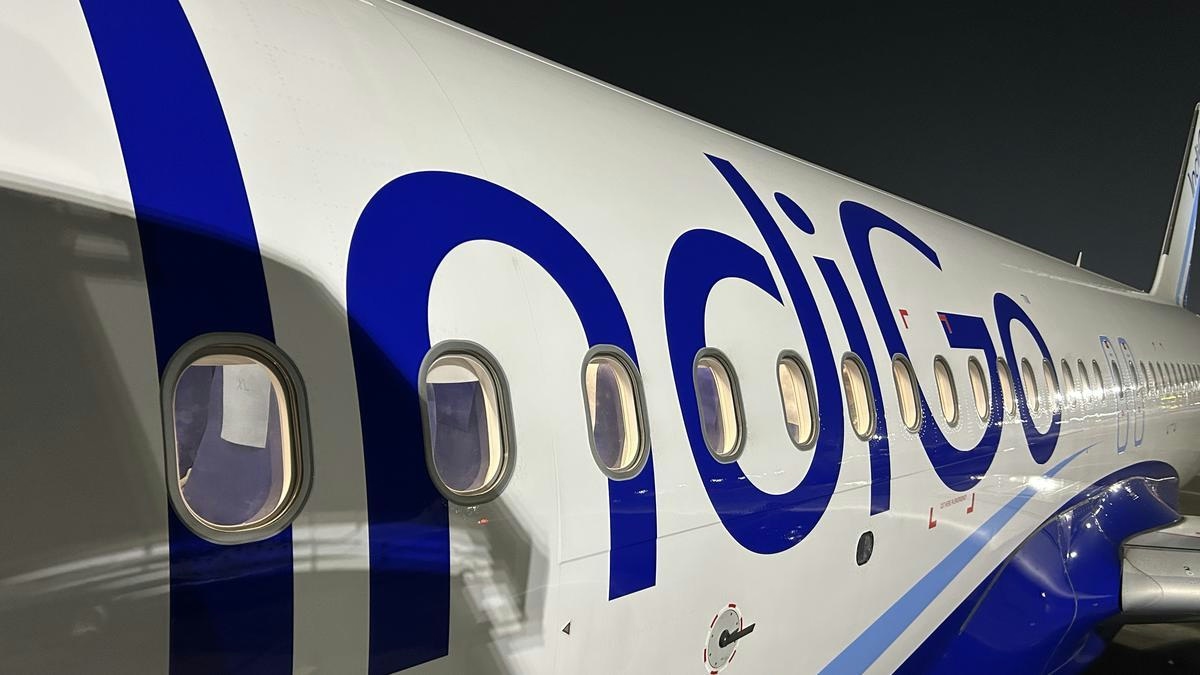
IndiGo to Deploy Wide-Body Aircraft on Vijayawada-Hyderabad Route, Says MP
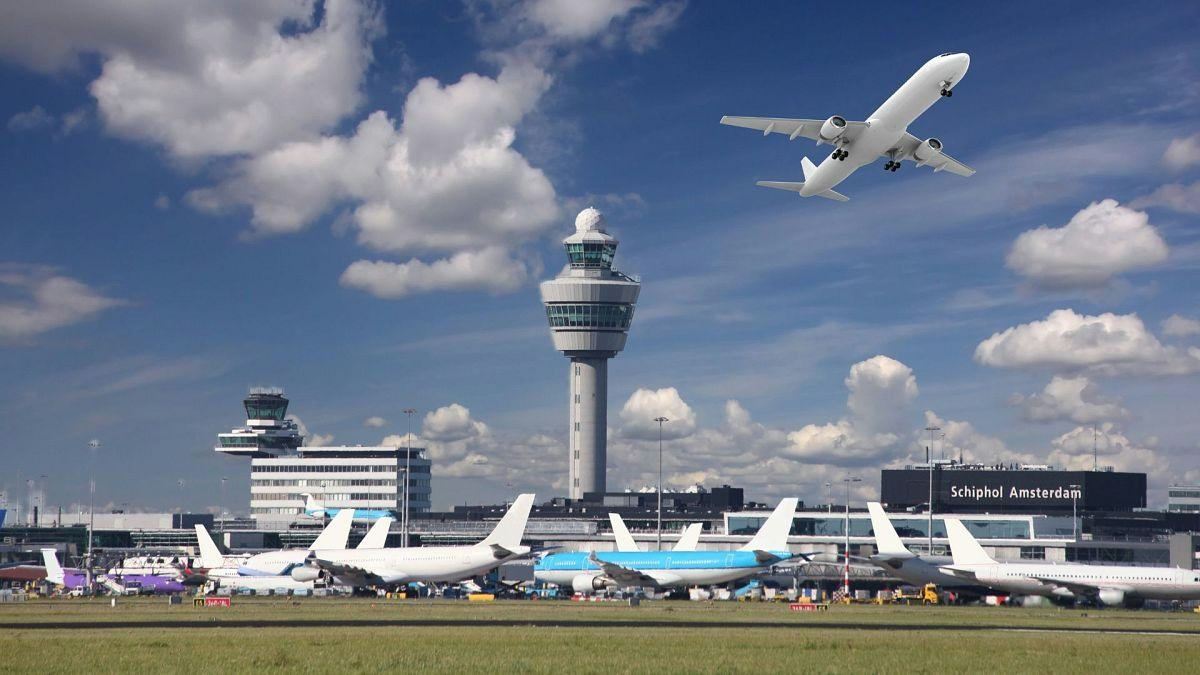
Europe Unveils New Aviation Strategy to Promote Cleaner, Faster Flights
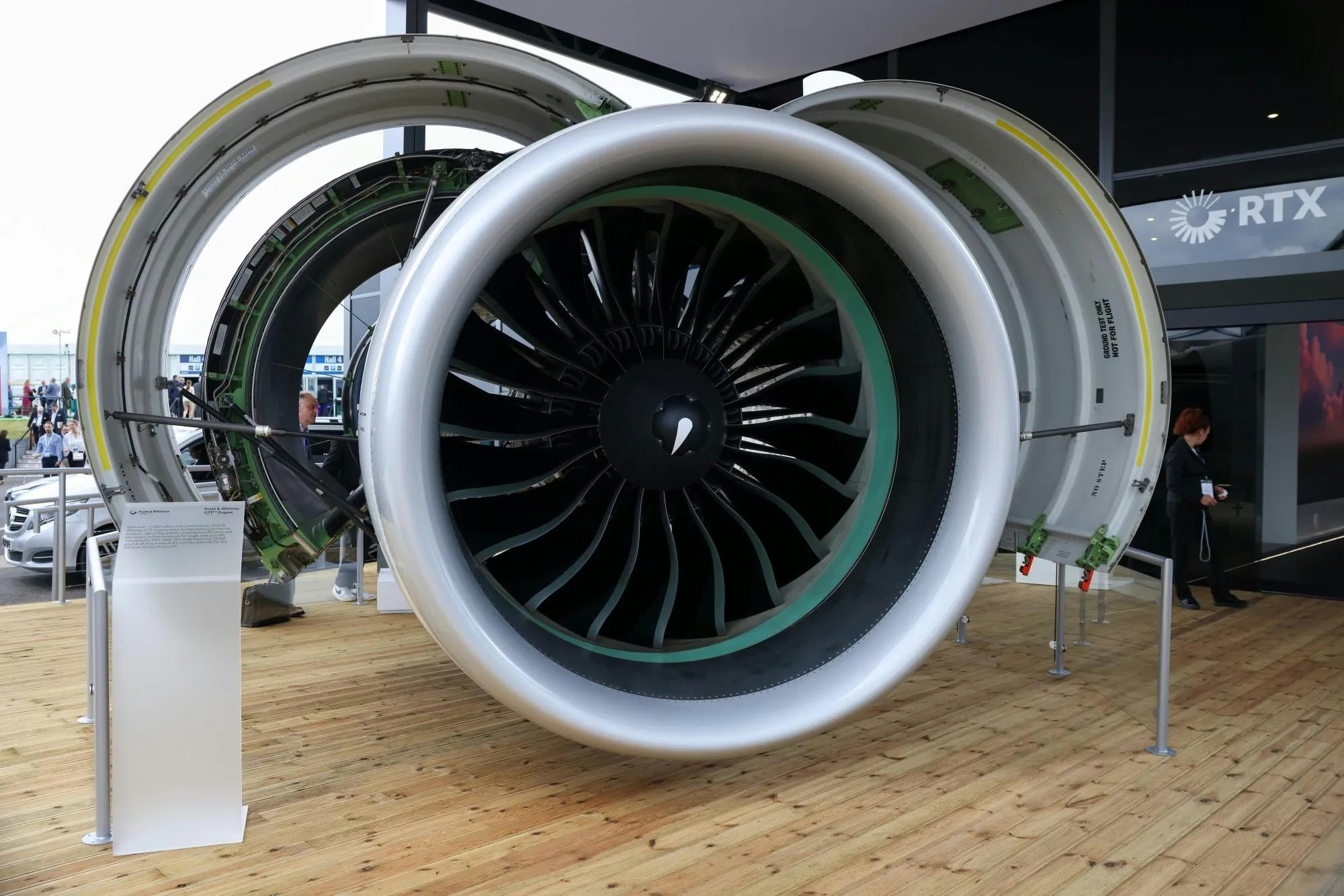
Spirit Signs Agreement with Pratt & Whitney Units on Aircraft Engines
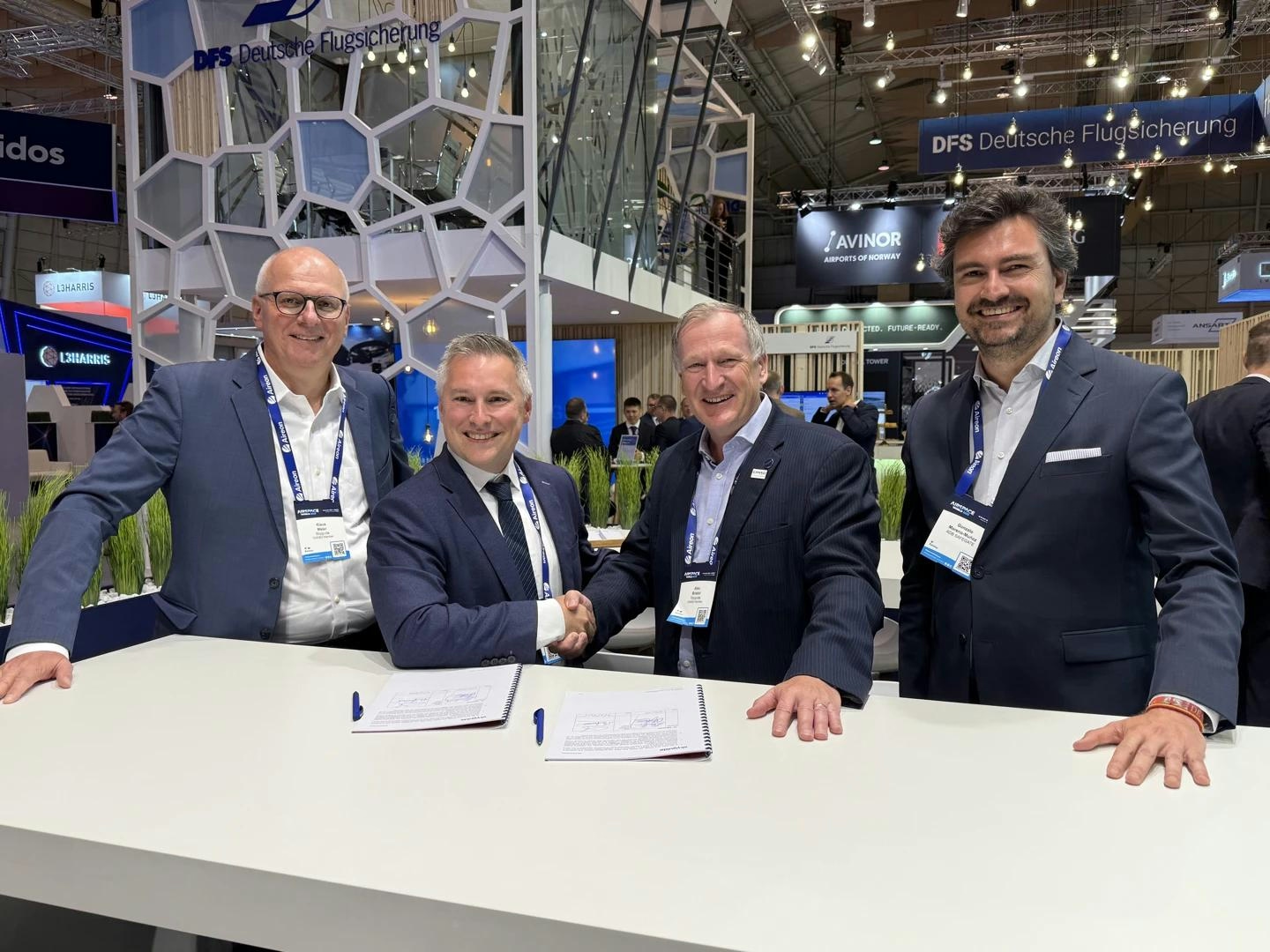
ADB SAFEGATE Receives Industry Awards for Marketing, R&D, and Social Impact

GA Telesis Secures Five-Year Landing Gear Overhaul Agreement with Major U.S. Carrier

Government Strengthens Aviation Safety Framework Amid AI-171 Investigation
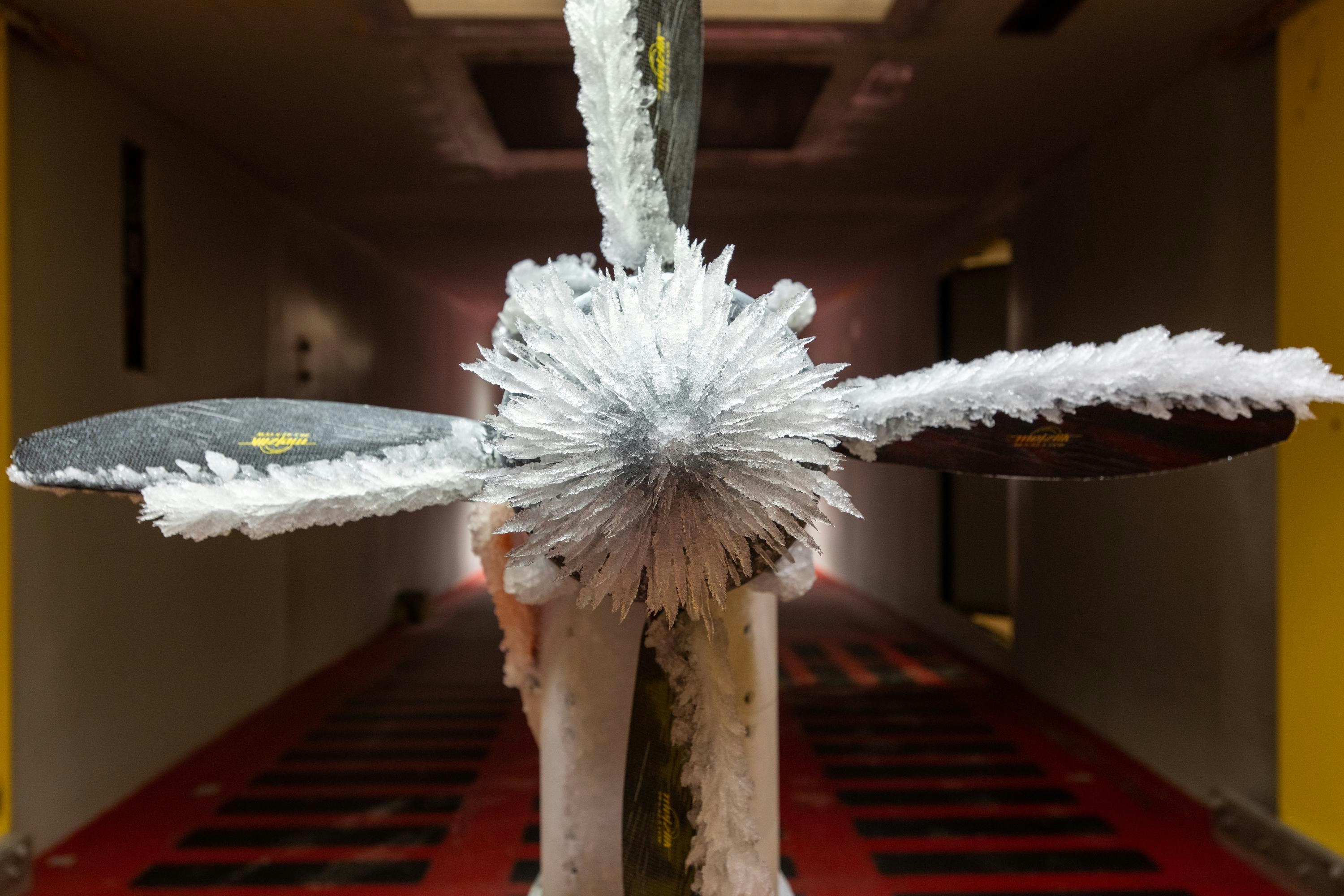
NASA Software Raises Bar for Aircraft Icing Research
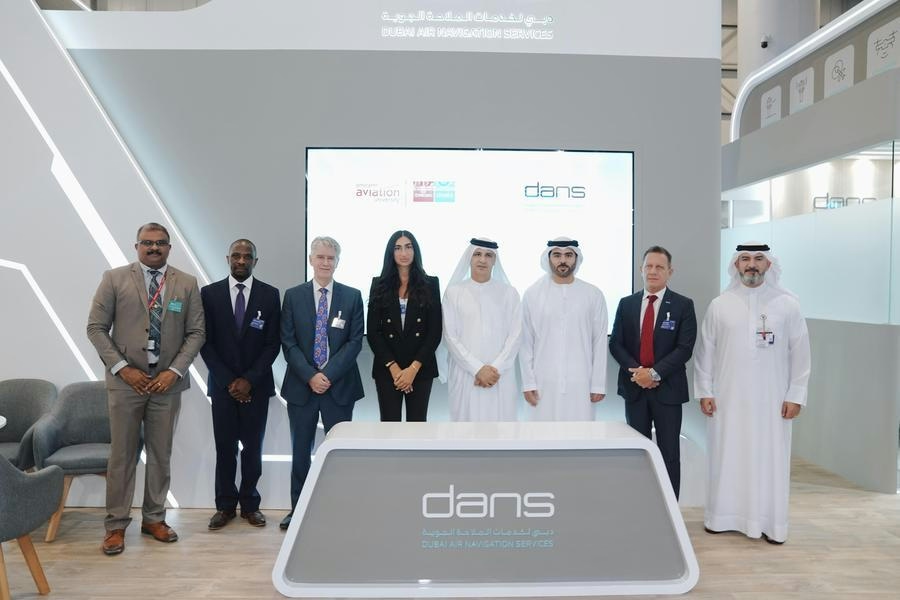
Dans and Emirates Aviation University Partner on AI Air Traffic Management Research
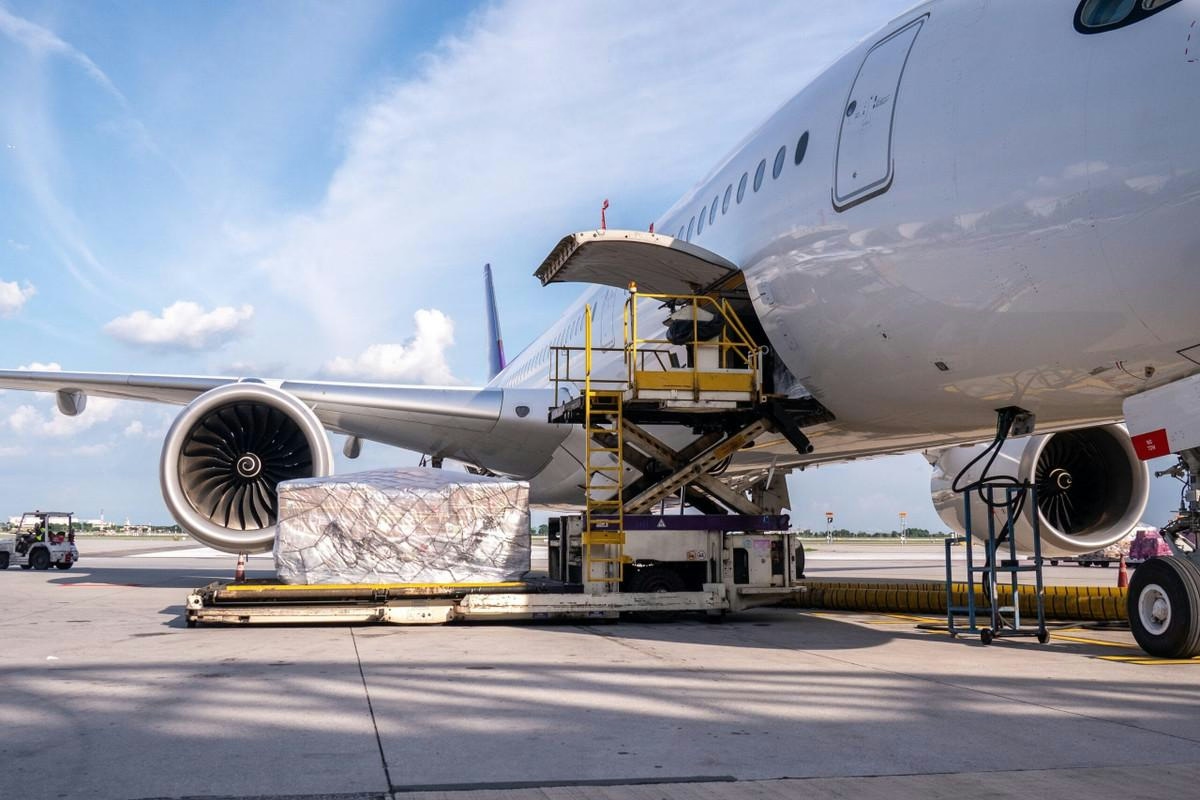
Nigus and AXISCADES to Develop Nigeria’s First Major Aviation MRO Hub
